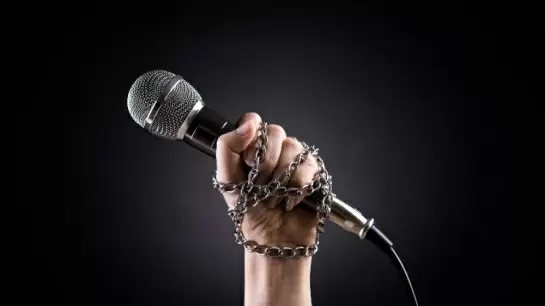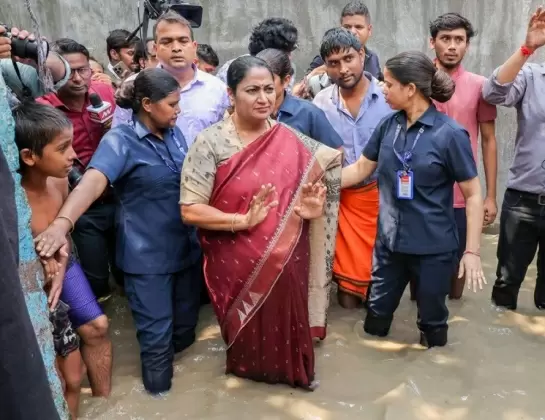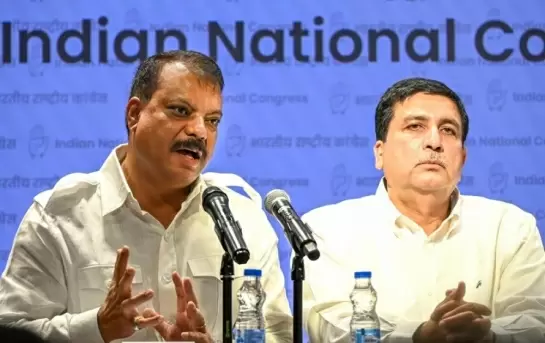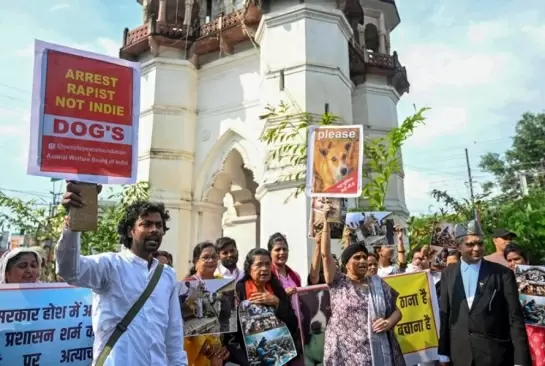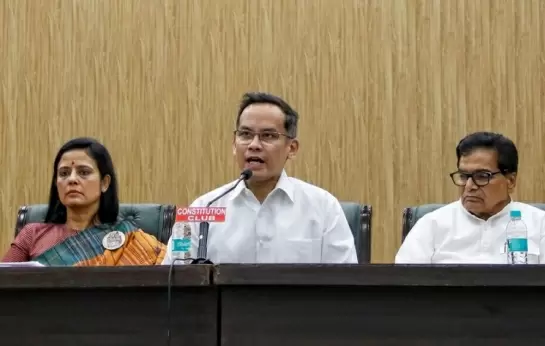Consistent increase in women candidates in LS polls since 1957
17-May-2019
The percentage share of women contesting the Lok Sabha polls has seen a consistent increase since the second Lok Sabha to the ongoing general election, as only three per cent of the total candidates were women in the 1957 polls which has risen to nine per cent in 2019.
However, there has been a drastic decrease in the percentage of women being elected when compared to the total female candidates. In the 1957 polls, while 49 per cent of the females contesting the polls were elected, in 2014 the percentage came down to only nine per cent.
According to data available with the Election Commission, between the second Lok Sabha (1957) and the ninth Lok Sabha in 1989, out of the total number of candidates, only three per cent were females.
The number since then has seen a consistent increase with four per cent of the total candidates being females in the 1991 and 1996 general elections. The share goes up to six per cent for the next two Lok Sabha -- 1998 and 1999 -- elections. Seven per cent of the total candidates were females in the 2004 and 2009 -- 14th and the 15th Lok Sabha elections, respectively.
While eight per cent of the total candidates were women in the 2014 general election, in the ongoing Lok Sabha polls, nine per cent of the candidates are female.
In the second Lok Sabha in 1957, a total of 1,519 candidates were in the fray, with 45 of them being women.
"Of these, 22 (49 per cent) were elected to the House," according to information available on the EC website.
More than 40 per cent of the female candidates were elected to the House only till the fourth Lok Sabha.
In the third Lok Sabha, 66 candidates were female with 31 (47 per cent) of them winning.
In the fourth Lok Sabha in 1967, 67 women were in the fray with 29 (43 per cent) of them being elected.
The number of females contesting the Lok Sabha polls shot up to 86 in the fifth Lok Sabha in 1971, with 21 (24 per cent) being elected.
The sixth Lok Sabha in 1977 saw a decrease in the number of females contesting. Out of the 70 females in the fray, 19 (27 per cent) were elected.
In 1980, the seventh Lok Sabha, the number of females contesting reached double digits to 143. However, the number of women elected to the House was only 28 (19 per cent).
The percentage went up to 25 per cent when in the 1984 Lok Sabha polls, 43 females out of 171 women candidates were elected.
It again went down to 15 per cent in the next Lok Sabha in 1989 when out of 198 female candidates, only 29 entered Parliament.
In the 1991 Lok Sabha, the percentage further went down to 12 per cent when out of 330 female candidates, just 38 were elected.
In 1996, only seven per cent of female candidates -- the lowest ever -- were elected to the House. While the contesting women were at 599, only 40 got elected to the House.
In 1998, the percentage of women elected was up and reached 16 per cent when out of 274 female candidates, 43 were elected to the House.
The 13th Lok Sabha in 1999 saw 49 (17 per cent) women being elected to the House out of 284 candidates while in the 2004 elections, only 13 per cent -- 45 out of 355 females -- were elected to the House.
In 2009, 556 females were in the fray and only 11 per cent (59 women) were elected to the Lok Sabha, out of a total of 8,070 candidates.
In the 2014 Lok Sabha, of 8,136 candidates, 668 were women and only nine per cent (62 females) were elected.
For the ongoing general election, according to the National Election Watch and Association for Democratic Reforms (ADR), out of a total of 8,049 candidates, 716 females are in the fray.
The results will be out on May 23. IANS
Trump Tells Zelensky to Give Up Territory for Peace Deal with Russia
Indian Agencies Bust ISI Spy Network Recruiting Influencers and Security Staff
PM Modi Vows to Protect Farmers Amid US Tariff Threat in Independence Day Speech
J&K Cloudburst in Kishtwar Kills 45 and Injures 120 During Machail Mata Yatra
Jaipur Coffee Chain Nothing Before Coffee Raises $2.3M





